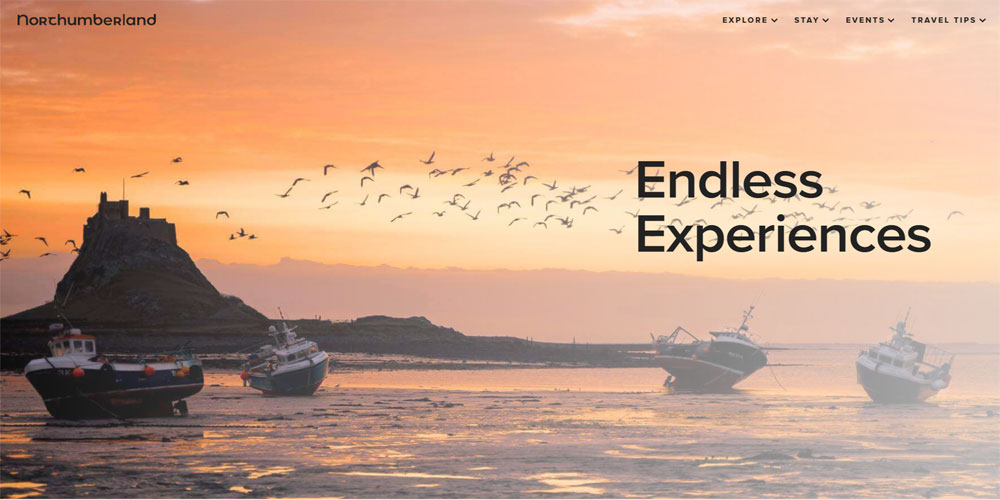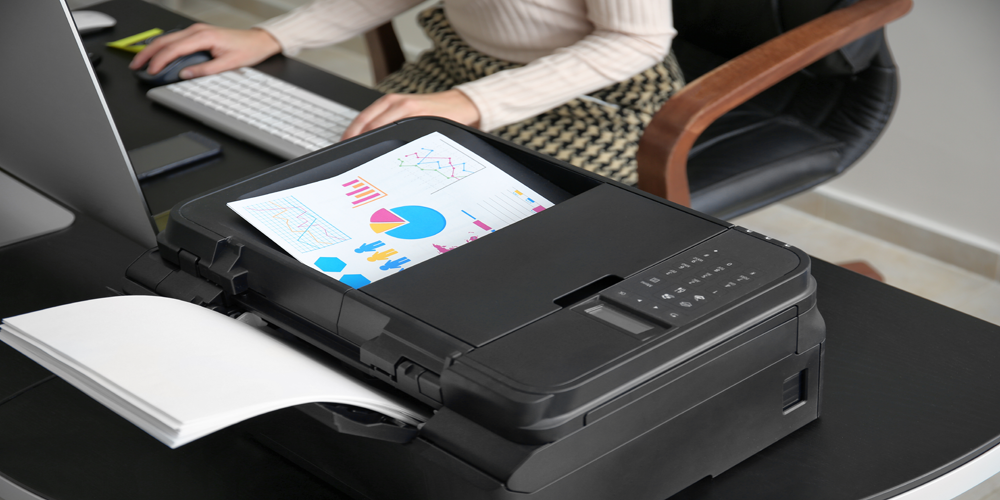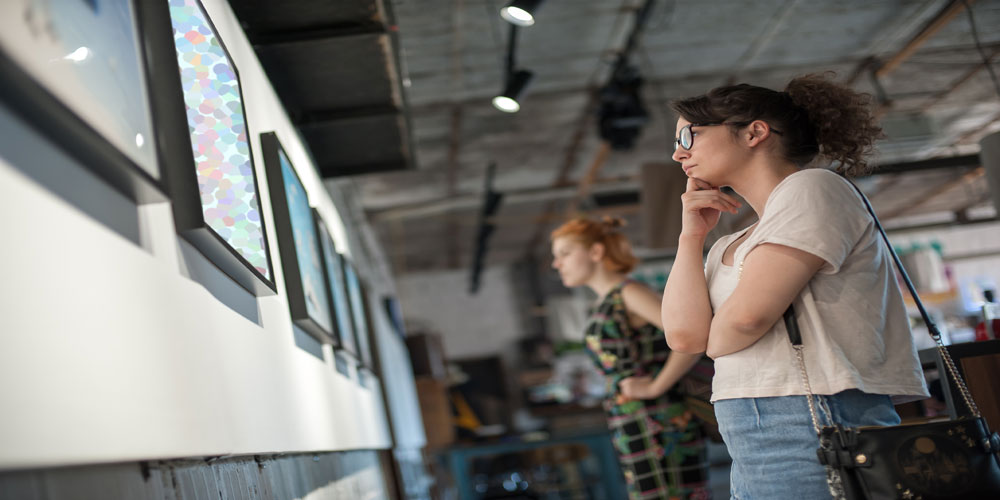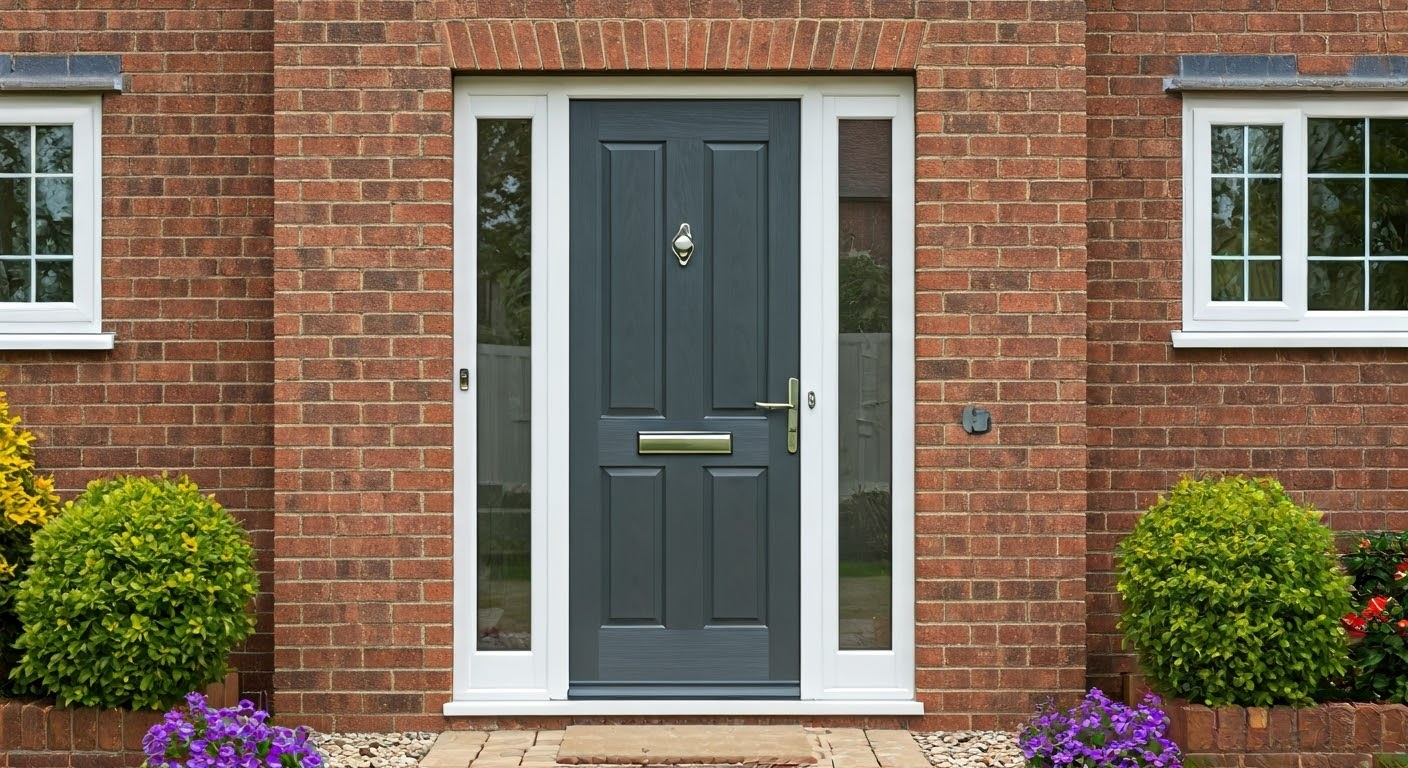What Does Creativity Look Like Beyond Traditional Art?
When we hear the word creativity, many of us picture an artist standing before a canvas, a musician composing a melody, or a writer tapping away at a novel. These traditional forms of artistic expression are certainly powerful representations of creativity, but they’re only part of the picture. Creativity is far broader than the boundaries of the arts. It’s not just about producing a beautiful painting or writing a best-selling book. At its core, creativity is about seeing the world in new ways, solving problems with fresh ideas, and expressing individuality in everyday life.
Think of creativity as a mindset rather than a skill reserved for a few. It’s about finding opportunities where others see routine, and transforming the ordinary into something meaningful or new. Rearranging your living room furniture for better energy and flow, inventing a unique meal from leftover ingredients, or navigating your neighbourhood in a new way, these are all examples of creativity in action. They may not seem artistic, but they involve experimentation, imagination, and personal expression.
Understanding creativity this way helps us realize that everyone, regardless of their background or training, has creative potential. You don’t need to be a “creative professional” to think creatively. It’s an innate human ability, one that can be nurtured and applied in virtually every corner of life. Whether you’re figuring out how to organize your calendar, explain a complex concept to a co-worker, or even plan a memorable weekend trip, creative thinking is what makes these moments more engaging and effective.
Recognizing these everyday acts as creative endeavors makes the concept of creativity feel more inclusive and less intimidating. It frees us from the pressure of producing something perfect or artistic and instead allows us to play, experiment, and solve problems in original ways.
How Simple Habits Can Spark Creative Thinking
So, how can we tap into our everyday creativity more consistently? Often, it begins with simple, intentional habits that encourage imaginative thinking.
One such habit is mindfulness, the practice of being fully present in the moment. When we slow down and pay attention to our surroundings, we start noticing details that usually fade into the background: the way sunlight dances on the floor, the unique scent of the afternoon air, or the rhythmic sounds outside our window. These small observations can be surprisingly inspiring. They give our minds new material to work with and help us make connections we wouldn’t otherwise see.
Another key ingredient is curiosity. Asking “Why is it done this way?” or “What if I tried this differently?” opens doors to exploration and discovery. Curiosity encourages us to challenge assumptions and imagine alternative possibilities, fundamental steps in the creative process.
Journaling is another powerful tool. It doesn’t have to be a detailed diary. Even a few minutes of free writing, capturing random thoughts, questions, or ideas, can help clear mental clutter and reveal insights hiding just below the surface. It’s a judgment-free space for experimentation and reflection, often leading to unexpected ideas.
Engaging in playful activities also boosts creativity. This could be doodling during a meeting, building something with your hands, or experimenting with sounds or colors. These moments of unstructured play loosen up our thinking, allowing fresh ideas to surface more easily.
These small habits don’t require a big time commitment or special talent. But over time, they build a mental environment where creativity thrives.
Finding Creativity in Everyday Tasks
One of the most empowering realizations is that everyday life is full of opportunities for creative expression — if we choose to see them that way.
Take cooking, for example. Yes, following a recipe is a useful skill. But the real creative magic happens when you veer off-script, substituting ingredients, mixing unexpected flavours, or creating something entirely new based on what’s in your pantry. It’s about experimentation and intuition just as much as it’s about precision.
Or consider organizing your home or workspace. It’s not just about putting things away, it can be an act of design. How can you arrange your environment to feel more welcoming, more functional, more you? When you start thinking about flow, comfort, or even the colours and textures that make you feel energized, you’re engaging in creative problem-solving.
Creativity in problem-solving is especially valuable in both home and work contexts. Imagine something in your house breaks. Instead of throwing it out, could it be repurposed? Fixed in an unconventional way? Or let’s say a work process feels inefficient. Rather than sticking to the same method, what if you questioned the usual approach and invited others to brainstorm alternatives?
These everyday moments are ripe for creative thinking. By approaching them with curiosity and a willingness to explore, we uncover not just solutions, but also personal satisfaction and joy.
The Importance of Sharing and Learning in Creative Growth
Creativity doesn’t live in isolation. While it’s deeply personal, it also grows stronger when shared and enriched through connection with others.
Sharing your creative work, whether it’s a new recipe, a thoughtful blog post, a clever DIY solution, or just an idea, opens the door to feedback, collaboration, and inspiration. Others might see your work differently, suggest new directions, or help refine your approach. Even just the act of showing what you’ve created can be affirming and motivating. It reminds you that your ideas have value and that they’re worth exploring further.
At the same time, staying creatively inspired means continuing to learn. This doesn’t require going back to school or taking formal classes (though those can be valuable too). It can be as simple as reading a book on a subject you know little about, watching a documentary that challenges your perspective, or trying a new hobby just for fun.
Exposing yourself to different cultures, disciplines, and viewpoints expands your mental toolkit. You start seeing connections across fields, like how a science concept might inform your gardening, or how photography techniques might inspire your approach to storytelling. These cross-pollinations are where some of the richest creative insights come from.
Creativity is a journey, not a destination. And by continuously learning, sharing, and staying open to inspiration, you keep that journey fresh, meaningful, and endlessly evolving.
Redefining What It Means to Be Creative
Creativity isn’t just the domain of artists, it’s a way of engaging with the world. It’s about bringing imagination, resourcefulness, and personal flair to all areas of life, from cooking and problem-solving to conversation and self-reflection.
When we move past the idea that creativity must look a certain way or result in a finished product, we open ourselves up to countless opportunities for growth, joy, and connection. Whether through mindful observation, playful exploration, thoughtful problem-solving, or shared learning, we all have the ability to live more creatively.
So the next time you find yourself doing something routine, ask: Is there a new way I could approach this? That simple question might just lead you somewhere surprising, and spark your next creative breakthrough.







